
Ah, gear lust. Every aspiring photographer falls victim to this common pitfall. The idea that there is some very fancy and expensive camera equipment which could enable you to capture your vision better is a siren song. It embeds itself in your brain and refuses to leave. It whispers tantalizing promises when you need it the least. You try and rationalize it away. You tell yourself that you really need this new device and the cost is reasonable for your vision. Still, you truly believe that you have what it takes to make a masterpiece of a photograph with new gear. Is this really true? There are a few ways to find out for sure. Let’s talk about one such way: when you’ve outgrown your kit lens.
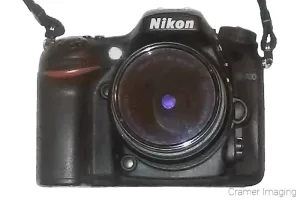
I still have a few bouts of gear lust from time to time. Lenses and camera bodies are the worst. I deliberately avoid shopping for the latest and greatest gear for this reason: it keeps my family budget intact with food on the table and a roof over my head. Those are far more important to me than my vision of a photograph (often which doesn’t quite turn out the way I had hoped even with fancy gear).
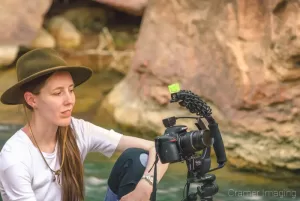
Every once in a while though, I run into a situation where I really do need an upgrade. This is when I run into the limits of what my current equipment can do and find that I need more from it that it can give. Such was the case a few years ago with my kit lens.
When I purchased my Nikon D5000, it came with a few kit lenses for general purpose work. I had a wide angle lens, a telephoto lens, and a couple other specialty lenses to play with. The wide angle lens was a Nikkor 18-55mm f/3.5-5.6. Yes this information is important.
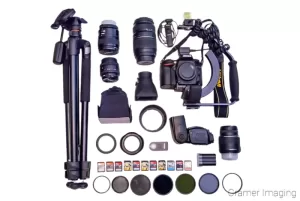
For a few years, I had no issues whatsoever with all of my lenses. I added other pieces of useful gear to the list of camera equipment but no lenses joined the party. They are very expensive and must work with your model of camera.
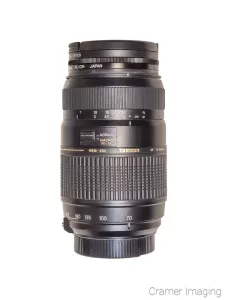
When I was still doing weddings, I ran up against a problem with this Nikkor lens. I was hired to cover an indoor wedding reception and was devastated to see that many of the images I had taken for this paying client were dark and unusable. I could not, in good conscience, give those poor quality photos to my client. This meant that a few of the key events, such as the bouquet toss, had to be eliminated from the wedding package entirely. This was totally unacceptable to me.
As I examined the photos, I discovered that it was pictures taken in rapid succession which were poorly done and underexposed. Those which were not under the constraint of time looked great. I started working on a way to fix this problem for the next client I had. There were a few ways to do things. I had already been using a flash so that option was already accounted for.
There are only three ways to fix this problem: widening the aperture, increasing the length of time the shutter is open, or boosting the ISO. Adjusting the ISO was out of the question because of the large amount of noise that my model of camera would add to the final images. The shutter speed was also out of the question. I would be handing over tons of very blurry and unusable images to every client.
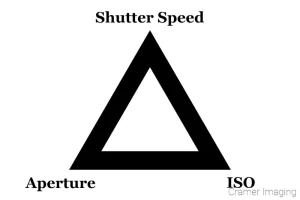
The only workable solution was to widen the aperture. This was where my problem lay. My standard lens, the Nikkor, did not have a wide enough aperture for crisp AND properly exposed pictures in low light situations. This was the reason for my problems.
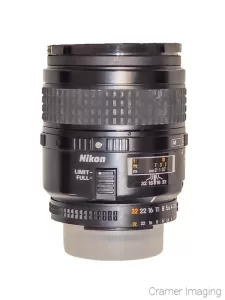
I started shopping around and found that the kind of lens I needed would have an aperture of f/2.8 at the maximum (other than the f/1.8 50mm which was being used for the candid shot camera). I didn’t own the substantial amount of money required to purchase this kind of lens untested. So, I decided to check out the options of borrowed lenses to find something that fit.
Thankfully, there are options out there for renting camera equipment which you cannot afford. I utilized one such service for myself.
At my next appointment with a client, I prepared myself with a lens which could handle the low light of an indoor wedding reception. The photos I took turned out so much better than the last group of indoor wedding photos and I was pleased.
Over time, I decided that wedding photography is not for me. I turned my attention to landscape photography instead. My starter photography gear kit was sufficient for what I needed. I had no reason to expand my lens selection.

Lately, however, I have started feeling like branching out and trying something new by adding astrophotography to my landscape photography. As I started learning how to take proper exposures, I started running into the exact same problem as before in wedding photography. Low light photography requires a wider aperture than my standard gear offers me. I had to find an alternative which would meet my similar but different needs as a landscape photographer this time. This time, I had a better idea of what to do.
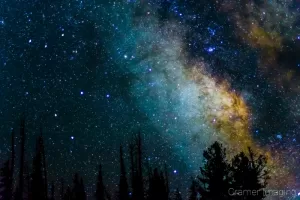
I knew that I would need something wide angle and wide aperture as well. Thankfully, there are a few options on the market which would meet this particular need. I made a point of doing my research and deciding upon the best lens for me, based on my new current needs, before I made the purchase.
My kit lens has done me very well and continues to do so. I have only had a couple of reasons to replace it out in the field. Both of them were when I realized I’d outgrown my kit lens. If there is no reasonable way you can make your current equipment work for the situation you need it to, then, and only then, should you consider an upgrade to your camera and/or lenses.


Receive monthly updates in your inbox from us.

Join our email-only photo of the week club to get the full stories behind how we captured our favorite fine art landscape photos.
We respect your privacy
No More Results
Powered by atecplugins.com